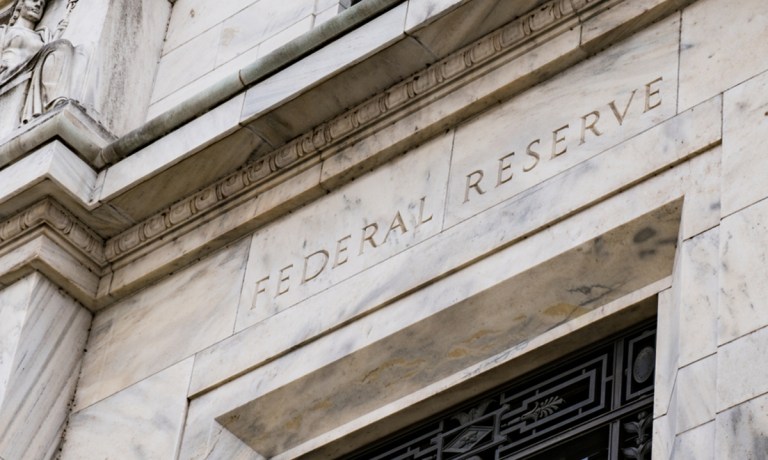
The Federal Reserve cut interest rates by 0.5% Wednesday (Sept. 18), the first cut in four years.
While stocks gyrated Wednesday and were down slightly in the afternoon, how the rate cuts will filter through the capital markets remains to be seen.
Not just for consumers, but also for businesses.
The cost of capital, as a blanket term, means that there’s a hurdle in place for the returns that investors or lenders require when doling out money. It’s tied to the return they expect over time in exchange for offering funds today.
Generally, you might think of it as answering the question, “Will it be worth my while to lend out the money rather than earn interest with that same money parked in my own bank account?”
The hurdle is the interest rate on deposits or high-yield accounts. It stands to reason that a lender or investor would also require a premium over that benchmark, which adjusts for risk. The spread is what the lender pockets.
As interest rates move lower, and the central bank’s move ensures that they will, the interest paid on accounts moves lower. By extension, the required rate of return on capital given to businesses would move lower too (and this would be the interest paid by the borrower).
The federal funds rate, which post-cut on Wednesday stands in a range of 4.75% to 5%, helps set the borrowing costs paid by banks, which are passed along to all manner of loans, including commercial loans. The Fed also signaled that more rate cuts will be on the horizon.
We may see a bump in startup funding, particularly in the FinTech space, as investors chase returns. In its second-quarter assessment of the state of private investment in the space, CB Insights said the headline funding tally increased 19% quarter over quarter to $8.9 billion. However, in stripping out two large deals, overall funding was flat, and deal volumes were down 16%.
As for the millions of small- to medium businesses (SMBs) that line Main Street in the United States, and in an environment where traditional bank lending has been uneven, these small firms have weathered the storm of the pandemic but need funding to expand.
In its statement released in tandem with the rate cut announcement, the Fed said: “Job gains have slowed, and the unemployment rate has moved up but remains low. Inflation has made further progress toward the committee’s 2% objective but remains somewhat elevated.”
The tradeoff now is to keep the labor market healthy, and to do that (and to skirt recession), companies need to expand.
At the end of 2023, PYMNTS Intelligence found that 53% of SMBs have “no current access to credit.” That picture may brighten at the end of this year as the interest that would have been paid on debt to underwrite growth will likely not be as onerous as it was just a few months ago.